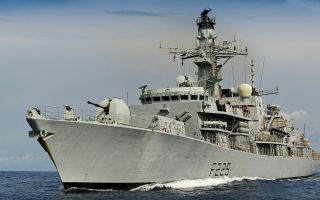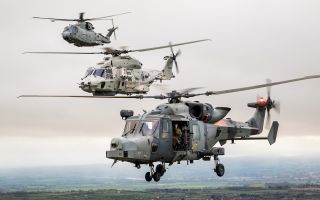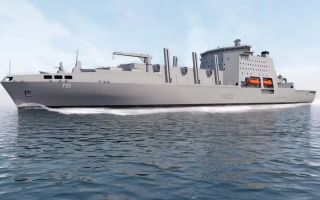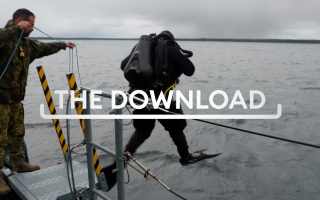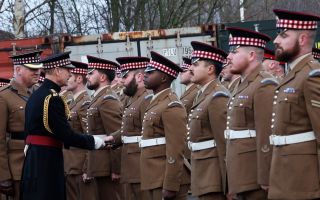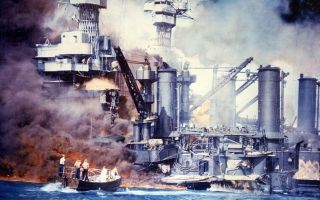
Norwegian Type 26 purchase is a win for everyone – except Nato's adversaries

The Norwegian government recently announced that it had selected the UK as its strategic partner for the acquisition of its new class of frigates.
Let's be clear, this is fantastic news for everyone involved.
The only people who will be unhappy with this deal – perhaps apart from the companies/countries that missed out on the business – will be the Russian Northern Fleet.
Battle-winning weaponry
The Type 26 frigates have been designed and are being built from the keel up to be the best anti-submarine warfare frigates in the world.
And they need to be.
The Russian submarine threat is first class. Untouched by the fighting in Ukraine, the Northern Fleet's submarine force is an adversary to be respected.
The idea of "exquisite capability" is often used as a derogatory term when referring to Defence Acquisition, but in this case, it's both appropriate and necessary as a benchmark.
You need a Formula 1 car to compete in a Grand Prix.
But the Type 26 is far more than just a world-beating anti-submarine warfare ship.
Towards the bow, it hosts a 5-inch gun. For the avoidance of doubt, this refers to its calibre (the internal diameter of the barrel) not its length, as one national newspaper amusingly reported a few years back!
It has the battle-proven Sea Ceptor air-defence missile system to defend against air attack and a Mk41 silo which could host additional air defence missiles, strike missiles such as the Tomahawk Land Attack Missile or other munitions/payloads – perhaps drones – packed into the launcher.
Working aft, these ships then have a substantial mission bay which can be loaded with uncrewed systems, or modular capabilities to enhance the ability of the ship to perform a tailored range of missions across the globe.
Finally, the hangar is big enough to host a Merlin Mk2 ASW helicopter, and the flight deck can take a Chinook.
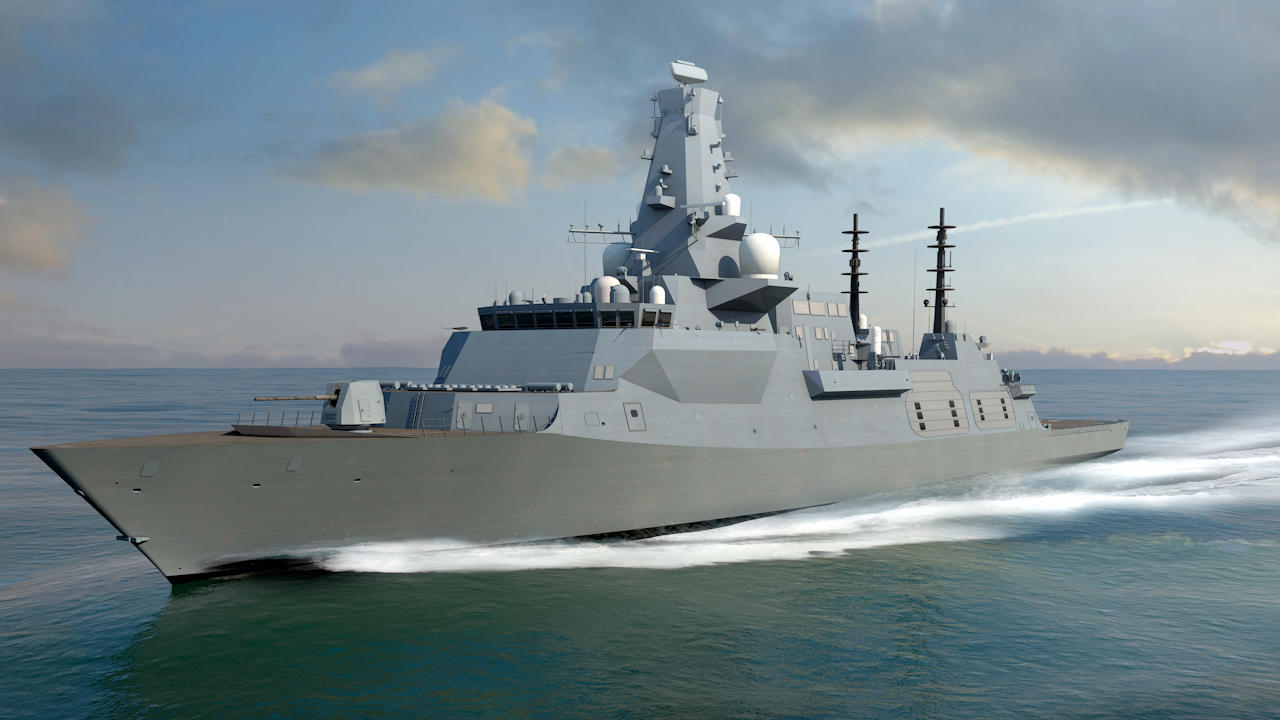
BZ Alcon!
The fact that Norway has decided to take up these frigates for its own defence hasn't happened by accident.
These deals involve a huge amount of work over an extended period of time by an awful lot of people.
In 2017, the National Shipbuilding Strategy was published by the UK Government, which made warship exports a key strategic theme.
I was the deputy director of the Royal Navy's nascent Ship Acquisition Programme Management Office at the time, an organisation set up to manage the delivery of shipbuilding programmes into the Royal Navy.
As part of the design of this organisation, we included a small team to manage exports and international partnerships.
Initially, this bore fruit with the sale of the Type 26 design to Australia and Canada. Then the sale of Type 31 to Poland and Indonesia came along, and now Type 26 to Norway.
Government policies are often rightly criticised, but this is a strategy that has been implemented and is working. Something to celebrate.
Full credit to the National Shipbuilding Office, DE&S, Navy Command colleagues, the Defence and Security exports team, the shipbuilders themselves and so on.
Ministers of successive governments have been instrumental. It's been a massive collective effort.
Well done, everyone involved, or, as we say in the Navy, BZ Alcon [Bravo Zulu/well done all concerned]!
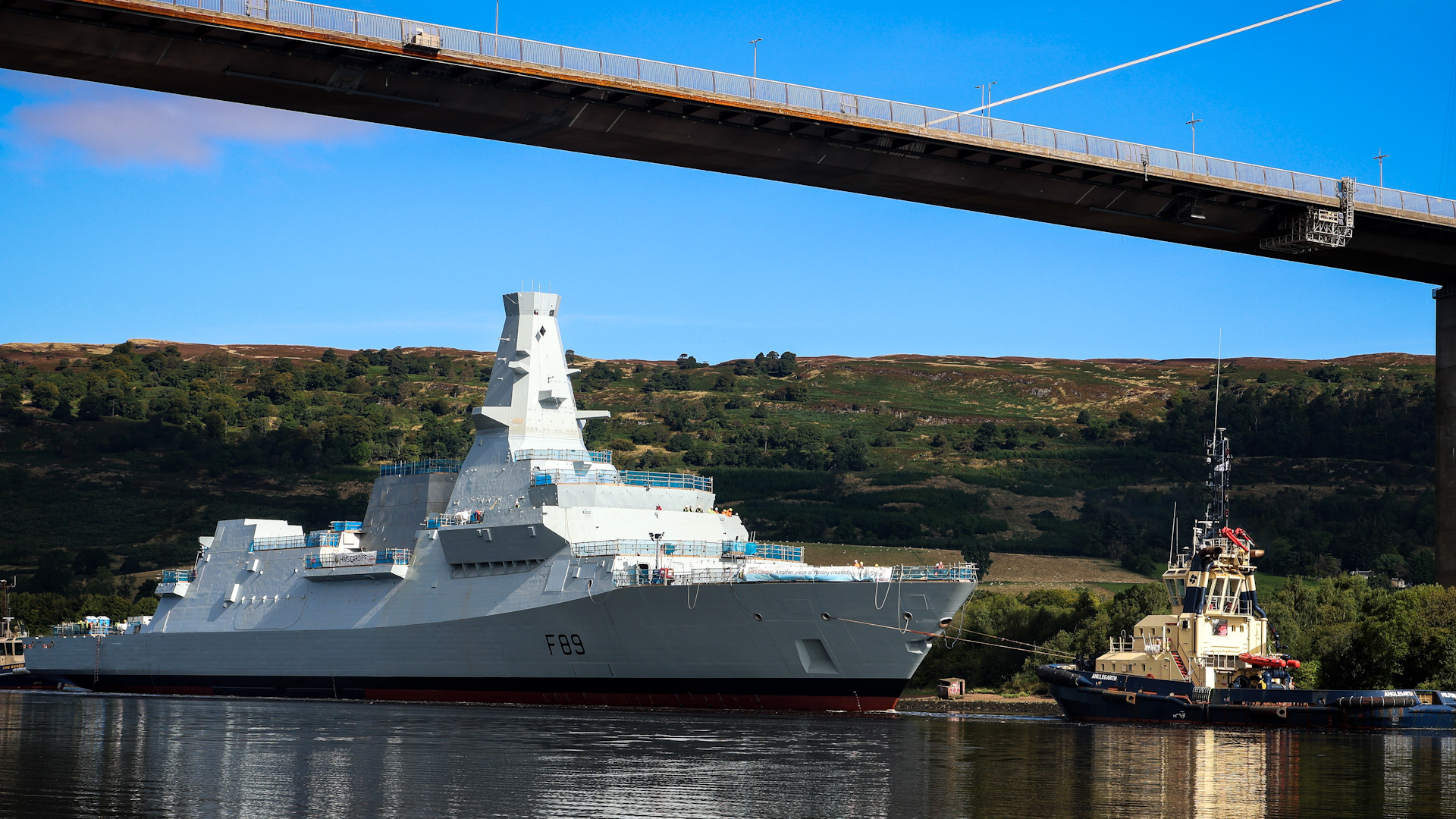
From legacy ships to shiny
The Royal Navy itself is currently gearing up to implement its Frigate Transition Plan. This is moving the Service from the legacy Type 23 frigates to the shiny new Type 26 and Type 31 classes of ship.
In many ways, the new ships can't come soon enough. Being somewhat euphemistic, the Type 23s are "materially fragile".
They are costing a fortune to maintain and the safety cases for them to continue to operate are being "actively managed". There is little margin for error.
But to bring the new ships into service means crewing them up before the old ships have been taken out of service, unless we are to accept an even bigger capability gap than already exists.
And the Navy is struggling for workforce.
Whilst the latest trends are encouraging, the Navy lost nearly 1,800 more people from its trained strength over the last 12 months than it managed to recruit and train.
That's 10 frigate ships' companies' worth of experienced and trained people that we had last year that we don't have now. Oof!
In order to take delivery of their first Type 26 frigate by 2030, as the Norwegians have stated is the case, one of the ships already in build for the Royal Navy will need to be reallocated to our Scandinavian chums – probably HMS Belfast.
She is the third of class and the last of the Batch 1 ships.
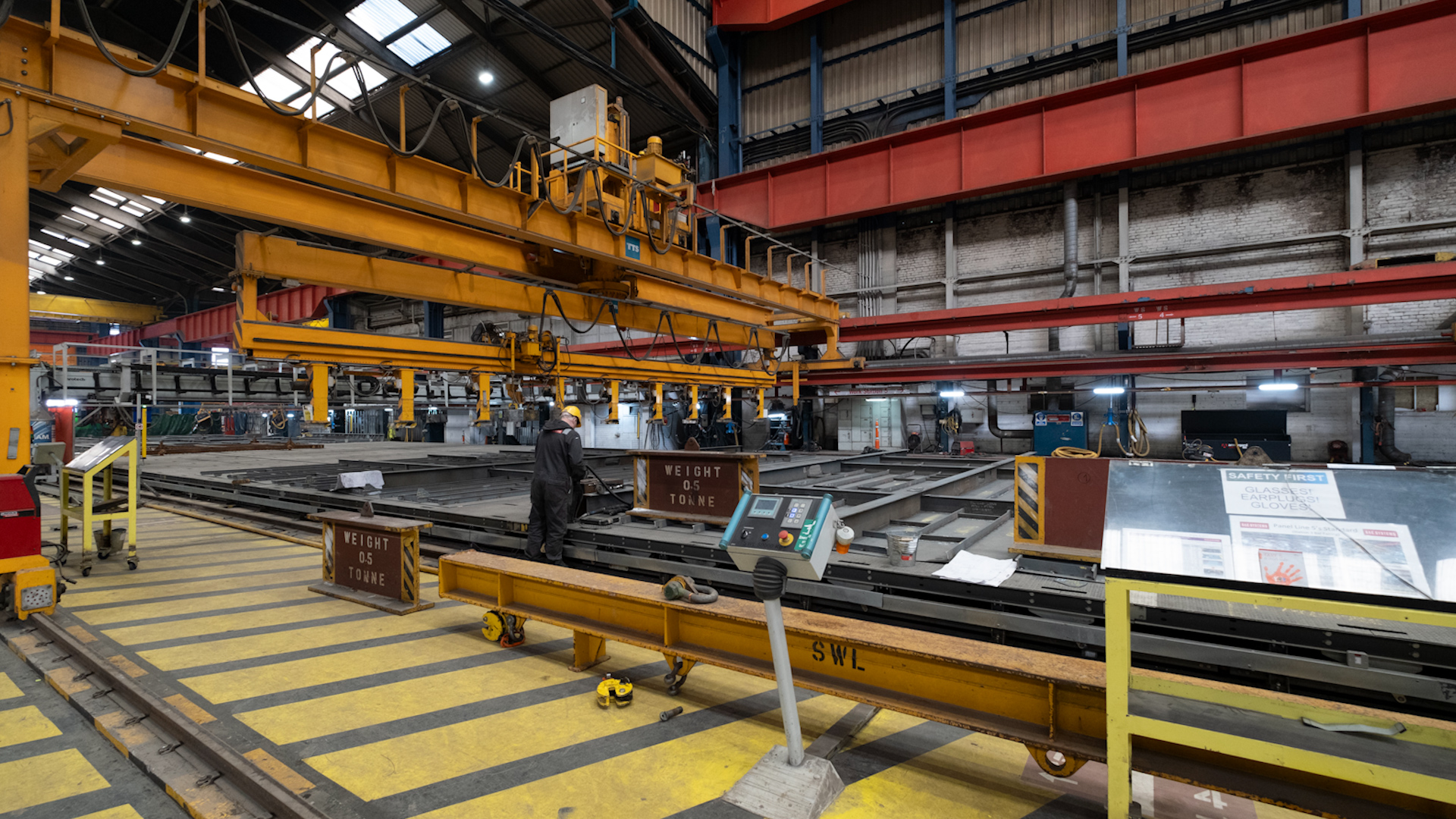
A need for sailors, not just ships
Whilst not ideal when looked at purely from the perspective of Royal Navy hull numbers, this does help the Royal Navy solve a problem.
It's better that the Royal Norwegian Navy is bringing this ship into service and operation than it sits idle and rotting in Portsmouth dockyard waiting for a crew.
Bluntly, the Royal Navy doesn't have the workforce numbers to meet the needs of the frigate transition plan and to meet all of its other commitments.
One never has the choice between a perfect solution and reality; you have to play the hand you're dealt as well as you can. Choosing the lesser of two evils, if you will.
We can argue over why the Royal Navy is in such a muddle and who is to blame, but that doesn't help decide what the best course of action is given the reality of our circumstances. The best course of action now is not some imagined utopia.
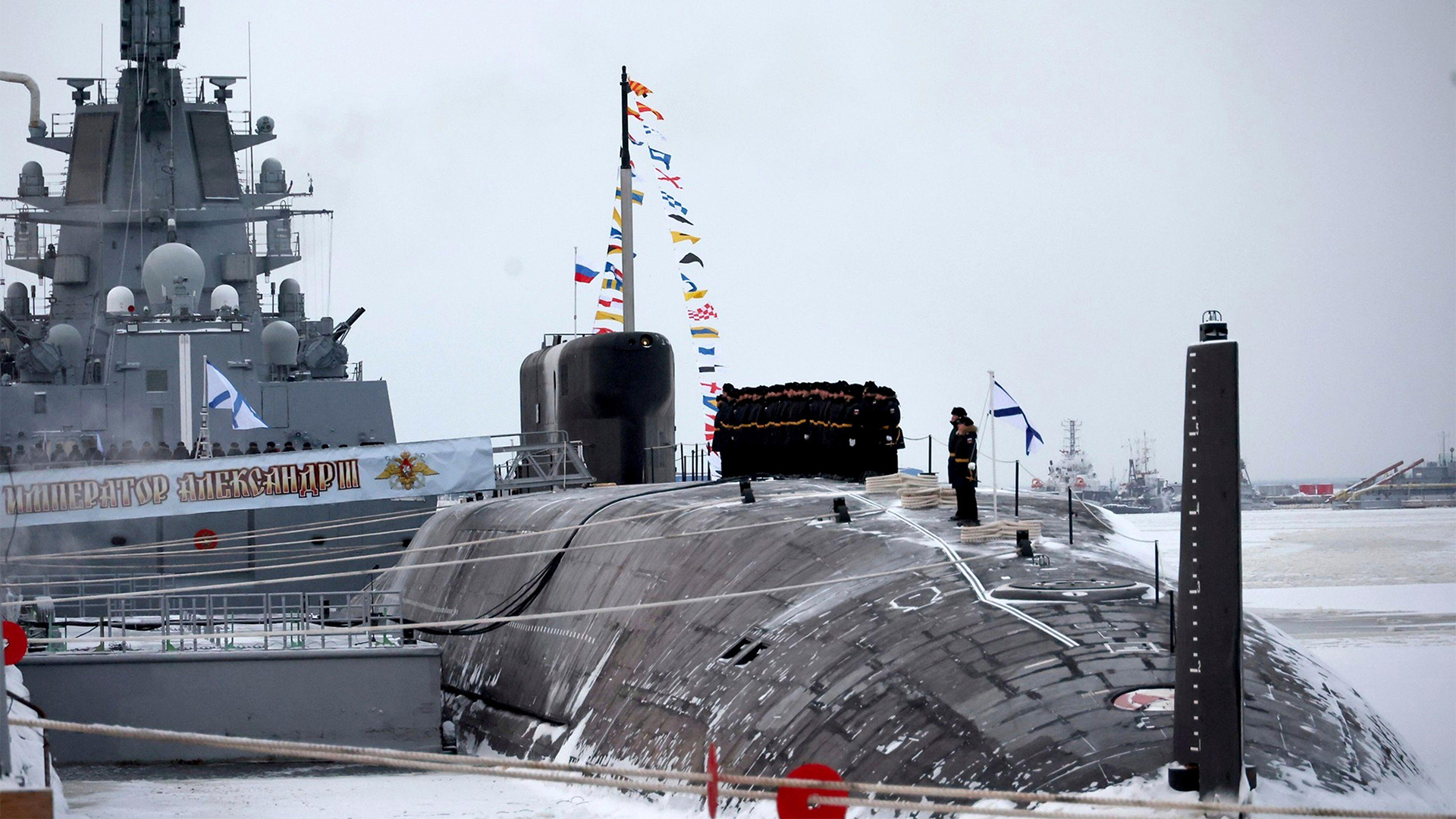
A world-beating ASW capability
The same logic is true for money. Notwithstanding the Government's promised uplift in defence spending in the coming years, money is tight, and an injection of Nordic Krone into the Type 26 programme will help with cash flow in the shipbuilding pipeline.
The augmented orderbook should also elicit greater investment in the shipyards and supply chain to increase the rates of production and quality. We should end up with the entire class being delivered faster and at better value.
Operationally speaking, to have the Norwegians with increased ASW capability, and with common equipment too, is great for Nato and our allies – and bad for the Russians.
As well as a success for the implementation of the National Shipbuilding Strategy, this should be seen as a win for the policy of Nato First as articulated in the recent Strategic Defence Review.
Being able to work interchangeably with our allies across the North Sea is a clear benefit.
Aside from the economic benefits for the UK, this deal means Nato will get more world-beating ASW capability into service more quickly.
And that's a win for everyone – except Nato's adversaries!
Commodore (Ret'd) Steve Prest is an independent consultant and advisor who can be found on X as @fightingsailor.
In his almost 30 years of service, he has garnered extensive experience in the business of delivering military capability for the UK Armed Forces.

